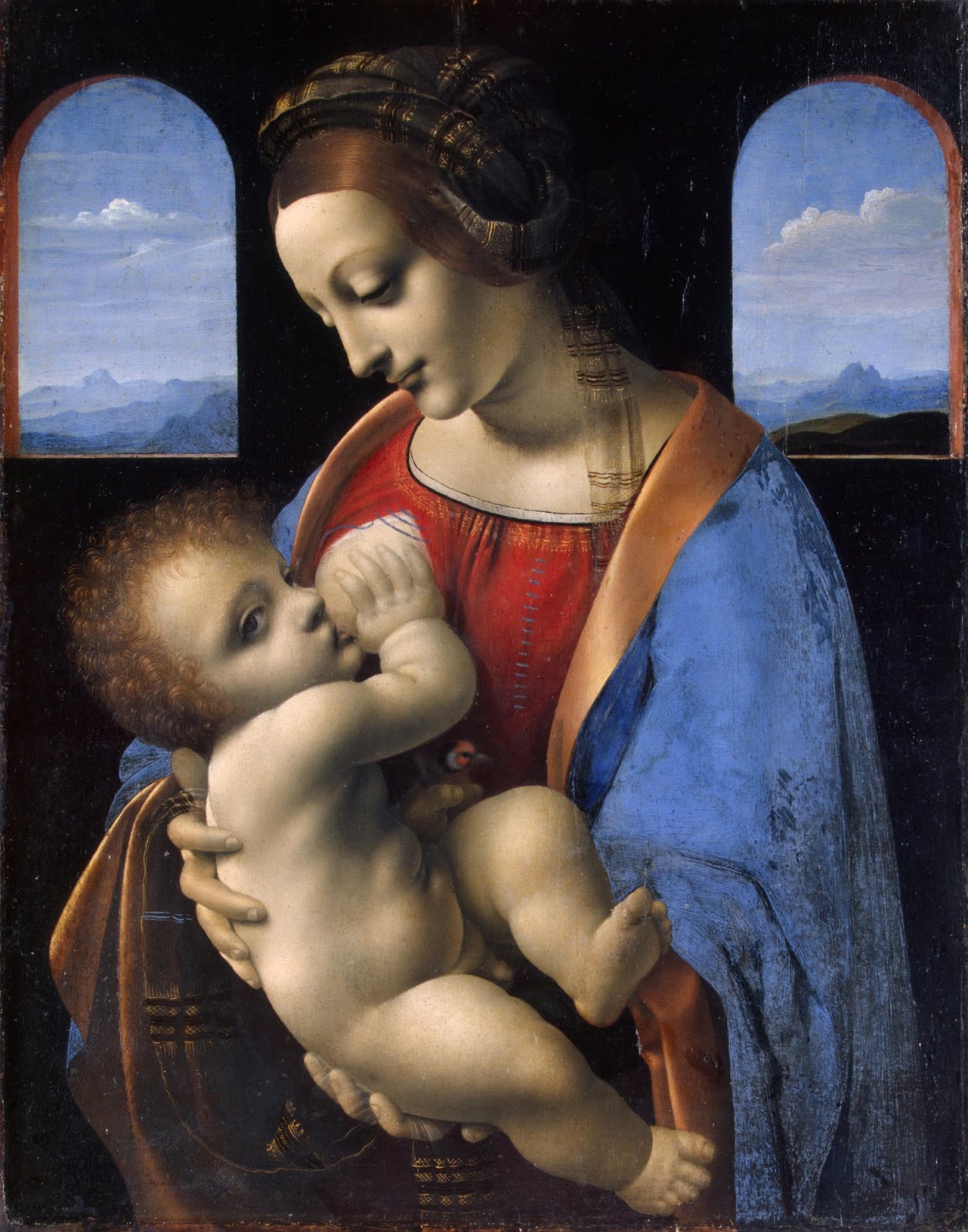The Adoration of the Magi (anglicized from the Matthean Vulgate Latin section title: A Magis adoratur) is the name traditionally given to the subject in the Nativity of Jesus in art in which the three Magi, represented as kings, especially in the West, having found Jesus by following a star, lay before him gifts of gold, frankincense, and myrrh, and worship him.
Home » Tutti i post

Rembrandt | Adoration of the Magi, 1632

Leonardo da Vinci | Nativity paintings
Giorgio Vasari🎨, in the enlarged edition of Lives of the Artists (1568) introduced his chapter on Leonardo with the following words:
"In the normal course of events many men and women are born with remarkable talents; but occasionally, in a way that transcends nature, a single person is marvellously endowed by Heaven with beauty, grace and talent in such abundance that he leaves other men far behind, all his actio ns seem inspired and indeed everything he does clearly comes from God rather than from human skill".

André Derain | Still life
André Derain (1880-1954), French painter, sculptor, printmaker and designer - was one of the principal Fauvists.
Derain studied painting in Paris at the Académie Carriere from 1898-1899.
He developed his early style in association with Maurice de Vlaminck, whom he met in 1900, and with Henri Matisse, who had been Derain’s fellow student at the Académie Carriere.
Together with these two painters, Derain was one of the major exponents of Fauvism from 1905-1908.

Fra Angelico | Early Renaissance painter
Fra Angelico, (Italian: “Angelic Brother”) original name Guido di Pietro, also called Fra Giovanni da Fiesole and Beato Angelico (born c. 1400, Vicchio, republic of Florence [Italy] - died Feb. 18, 1455, Rome), Italian painter, one of the greatest 15th-century painters, whose works within the framework of the early Renaissance style embody a serene religious attitude and reflect a strong Classical influence.
A great number of works executed during his career are altarpieces and frescoes created for the church and the priory of San Marco in Florence while he was in residence there.
San Domenico Period
Baptized Guido di Pietro, he appeared in a document of 1417 as a lay painter. Later, between the years 1420-1422, he became a Dominican friar and resided in the priory of San Domenico at Fiesole, there taking the name of Fra Giovanni da Fiesole.
At Fiesole he was probably influenced by the teachings of Giovanni Dominici, the militant leader of the reformed Dominicans; the writings of Dominici defended traditional spirituality against the onslaught of humanism.

Il Verismo, la pittura degli umili
Filippo Palizzi (Italian, 1818-1899) | Girl on the rock in Sorrento, 1871
The "Verismo" (meaning "realism", from Italian vero, meaning "true") refers to a 19th-century Italian painting🎨 style. This style was practiced most characteristically by the Macchiaioli group of painters🎨, who were forerunners of the French Impressionists.
The link pin between European verismo in painting and the States could be considered to be the work of John Singer Sargent🎨, in regard to technique, but not in comments on the working classes.
Iscriviti a:
Commenti (Atom)





